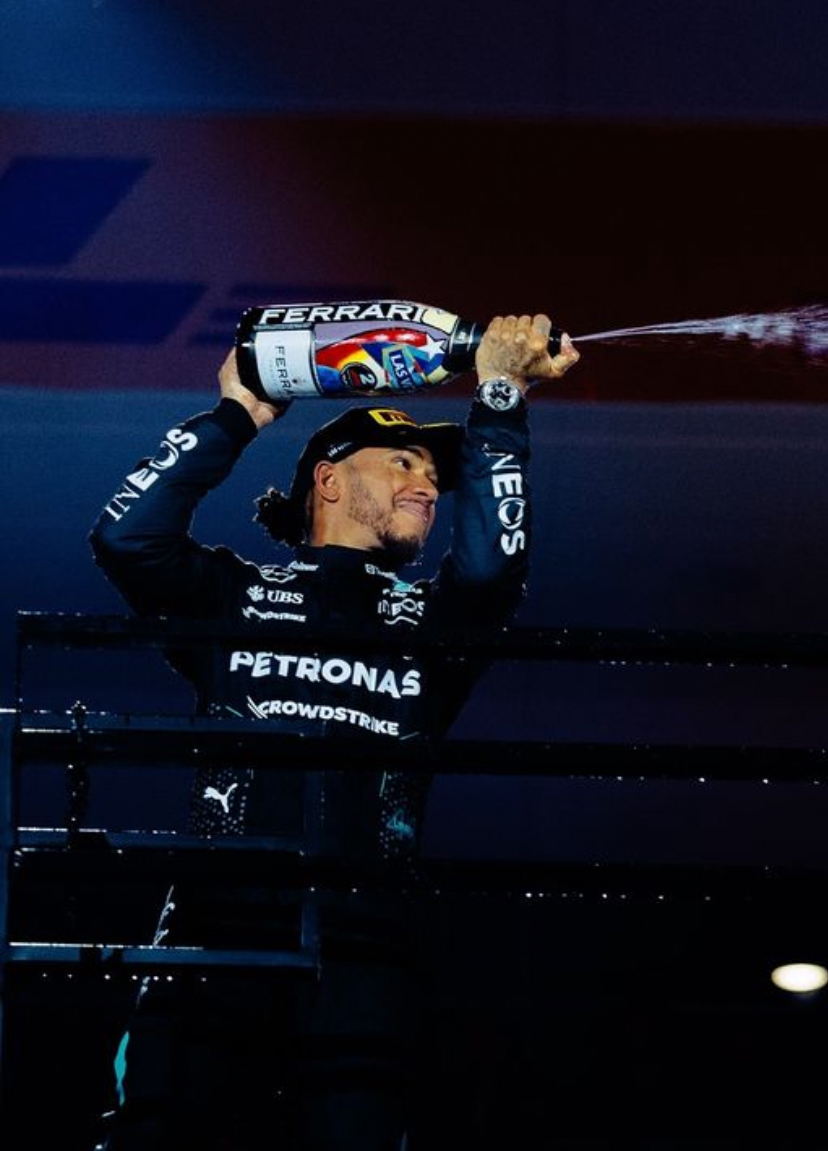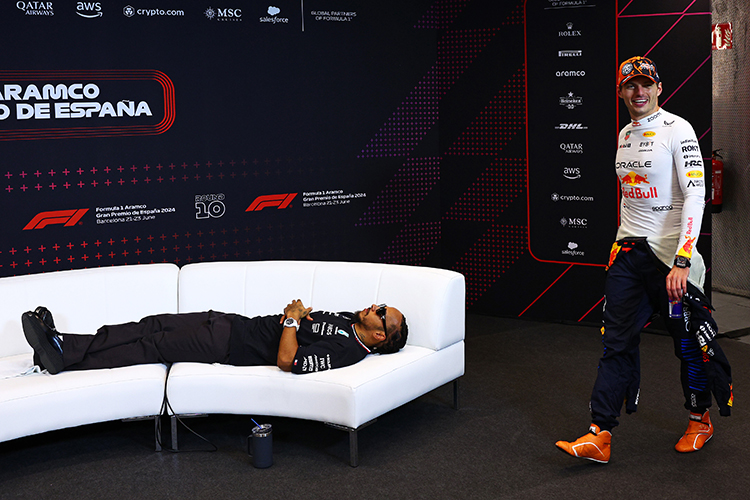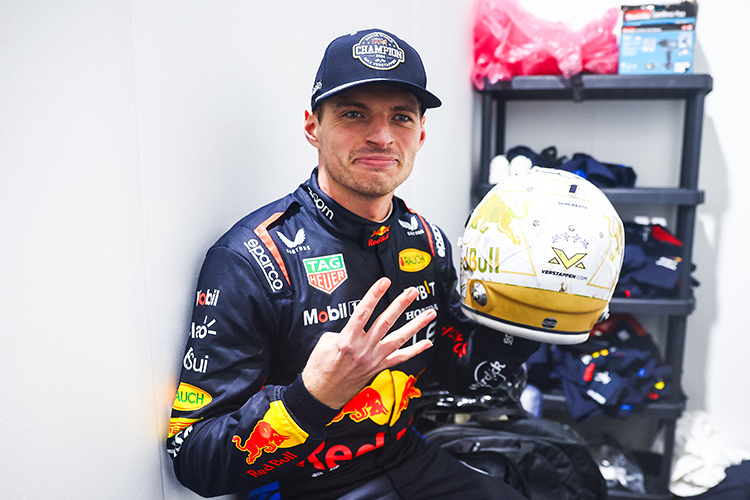How DRS Timing Influences Overtaking Success in Formula 1

Formula 1 World Champions: A legacy of racing legends
How does the timing of DRS activation influence the chances of a successful overtaking move?
Explore how the timing of DRS activation influences overtaking success in Formula 1, from slipstreaming strategies to circuit-specific tactics.
The timing of DRS activation is one of the most critical elements of overtaking in Formula 1. By balancing proximity, slipstream, and speed, drivers can maximize the Drag Reduction System (DRS) to execute clean and decisive moves. Whether attacking or defending, mastering DRS timing often determines the difference between a successful overtake and a missed opportunity.
Understanding DRS Activation
DRS is a powerful overtaking tool, but its success hinges on precise timing. Here’s how it works:
- The Mechanism: DRS activates a movable flap on the rear wing, reducing drag and increasing straight-line speed.
- The Rules: Drivers can only deploy DRS in designated zones and must be within one second of the car ahead at the detection point.
The Role of Timing in Overtaking
Activation Point: Launching the Overtake
Success with DRS starts at the detection point, where timing is critical. A misstep here can make or break the overtaking move:
- Too Early: Activating DRS from too far back may not close the gap sufficiently for an overtake.
- Too Late: Delayed activation minimizes the speed advantage, reducing the chance to pass before the braking zone.
“You have to make sure you’re close enough before the detection point, then hit the button at the perfect moment to maximize your speed advantage.” – Lando Norris
Leveraging the Slipstream
The slipstream effect, created by the car ahead, works in tandem with DRS to boost overtaking opportunities:
- Strategic Positioning: Drivers must position themselves as close as possible to the car ahead before entering the DRS zone.
- Ideal Timing: Activating DRS while already in the slipstream provides maximum momentum for a successful pass.
Maximizing Straight-Line Speed
Effective DRS usage hinges on achieving optimal straight-line speed. Drivers must focus on:
- Straight-Line Efficiency: Precise activation increases top speed, but drivers must time braking points carefully to maintain the advantage.
- Exit from Corners: A clean exit from the preceding corner allows drivers to capitalize on the DRS zone for overtaking before the next braking point.
How Circuit Design Affects DRS Timing
Circuit characteristics play a major role in DRS effectiveness:
- Long Straights: Tracks like Monza and Baku feature extended DRS zones, allowing drivers more time to close gaps and plan moves.
- Short DRS Zones: Circuits like Singapore demand immediate DRS activation as every millisecond counts on these short straights.
“You can’t afford to waste time on short DRS zones. Every millisecond counts, and you need to be in the right spot at the right time.” – Daniel Ricciardo
Defensive Timing: Using DRS to Defend
Defending drivers also rely on timing to counter the threat of DRS-equipped rivals:
- Maintaining the Gap: Defenders aim to stay over one second ahead at the detection point to deny the chaser DRS access.
- Breaking the Slipstream: Techniques like weaving or late braking can disrupt the following car’s momentum and limit their DRS advantage.
“When you know they’ve got DRS, it’s all about making sure they don’t get that extra speed.” – Max Verstappen
Real-World Examples of DRS Timing
Some of Formula 1’s most memorable battles have showcased masterful DRS timing:
- Austria 2021: Lewis Hamilton and Max Verstappen executed perfectly timed DRS moves on the Red Bull Ring’s long straights, gaining critical speed advantages.
- Brazil 2012: In a thrilling season finale, Sebastian Vettel and Jenson Button demonstrated expert DRS timing, balancing attack and defense on the Interlagos straights.
Conclusion
The timing of DRS activation is a decisive factor in Formula 1 overtaking. By mastering the balance of proximity, slipstream, and circuit-specific strategies, drivers can optimize their use of this powerful tool. As F1 evolves, the art of DRS timing will remain a cornerstone of racecraft, influencing battles for positions and delivering thrilling moments for fans around the world.
Up Next


